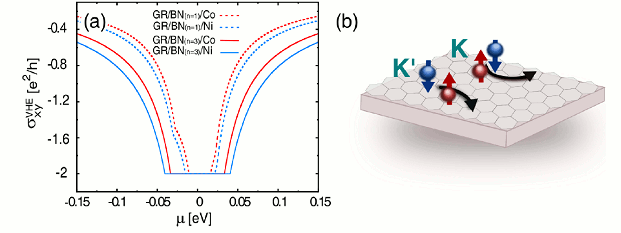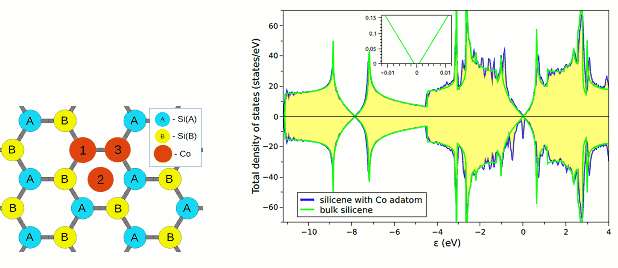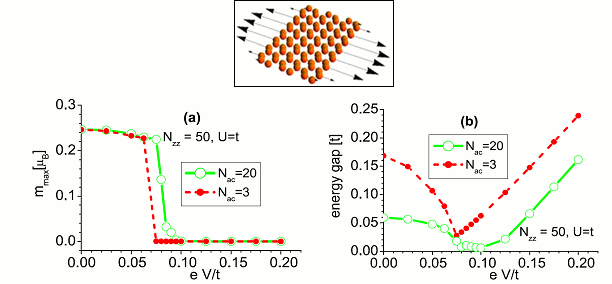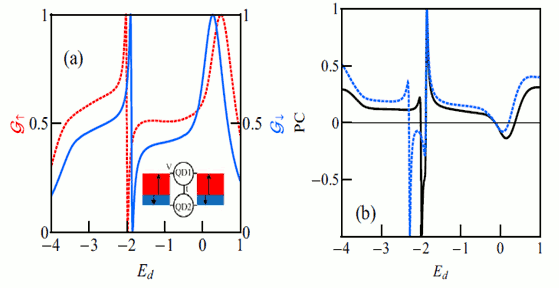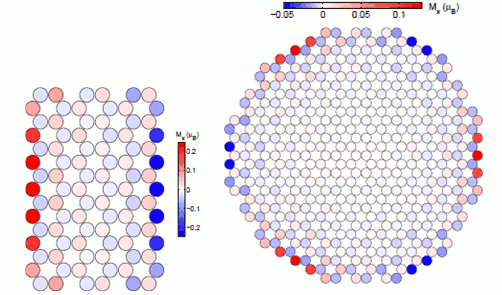Contact
GPS: N: 52° 23' 43" E: 16° 50' 47"
Institute of Molecular Physics
Polish Academy of Sciences
Mariana Smoluchowskiego 17
60-179 Poznań, Poland
phone: 61 86 95 100
fax: 61 86 84 524
e-mail: office@ifmpan.poznan.pl
VAT number: PL 777-00-20-870
Director
Prof. Dr. hab. Zbigniew Trybuła
e-mail: Zbigniew.Trybula@ifmpan.poznan.pl
phone: 61 86 95 112
fax: 61 86 84 524
Secretary
phone: 61 86 95 234 lub 61 66 17 685
e-mail: Barbara.Cicha@ifmpan.poznan.pl
How to get to IMP PAS
Institute can be reached by trams number: 1, 6, 13, 15 (stop Smoluchowskiego).
Directions from Poznań - Ławica airport, railway station Poznań Główny (Poznań Main Station)
Train timetable, schedule flights from Poznan - Lawica.
E-mail adresses
If you know the name of the person you want contact, follow the general scheme of e-mail addresses at the Institute of Molecular Physics:
first_name.last_name@ifmpan.poznan.pl or last_name@ifmpan.poznan.pl
(For example: mail to Wojciech Malinowski should be addressed: Wojciech.Malinowski@ifmpan.poznan.pl or Malinowski@ifmpan.poznan.pl)
If you do not know the name of the proper contact person at the Institute, please use the general e-mail address office@ifmpan.poznan.pl
In case of any e-mail problem do not hesitate to contact webmaster@ifmpan.poznan.pl

